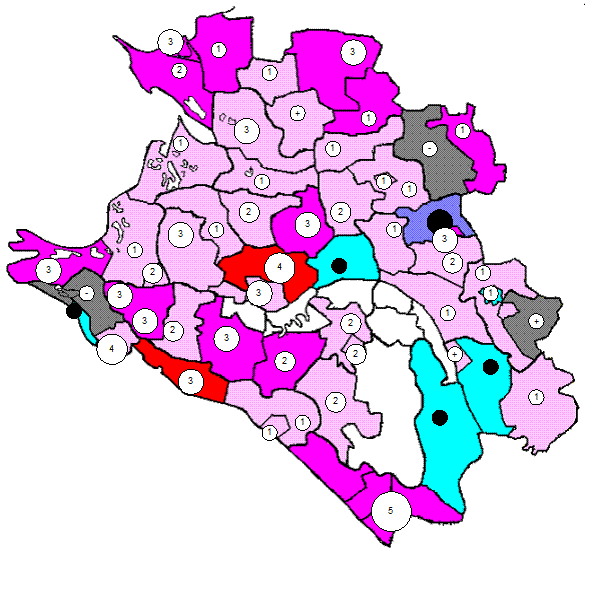Democracy
Democracy literally means “rule by the people” (from the Greek demos, “people, ” and kratos, “rule”). The term has three basic senses in contemporary usage: (1) a form of government in which the right to make political decisions is exercised directly by the whole body of citizens, acting under procedures of majority rule, usually known as direct democracy; (2) a form of government in which the citizens exercise the same right not in person but through representatives chosen by and responsible to them, known as representative democracy; and (3) a form of government, usually a representative democracy, in which the powers of the majority are exercised within a framework of constitutional restraints designed to guarantee all citizens the enjoyment of certain individual or collective rights, such as freedom of speech and religion, known as liberal, or constitutional, democracy. Democracy had its beginnings in the city-states of ancient Greece in which the whole citizen body formed the legislature; such a system was possible because a city-state’s population rarely exceeded 10, 000 people, and women and slaves had no political rights. Citizens were eligible for a variety of executive and judicial offices, some of which were filled by elections, while others were assigned by lot. There was no separation of powers, and all officials were fully responsible to the popular assembly, which was qualified to act in executive and judicial as well as legislative matters. Greek democracy was a brief historical episode that had little direct influence on the development of modern democratic practices. Two millennia separated the fall of the Greek city-state and the rise of modern constitutional democracy. Modern concepts of democratic government were shaped to a large extent by ideas and institutions of medieval Europe, notably the concept of divine, natural, and customary law as a restraint on the exercise of power. Highly significant was the growing practice by European kings of seeking approval of their policies – including the right to levy taxes – by consulting the different “estates, ” or group interests, in the realm. Gatherings of representatives of these interests were the origin of modern parliaments and legislative assemblies. The first document to notice such concepts and practices is the Magna Carta of England, granted by King John in 1215. Also of fundamental importance were the profound intellectual and social developments of the Enlightenment and the American and French revolutions, notably the emergence of concepts of natural rights and political equality. Two seminal documents of this period are the American Declaration of Independence (1776) and the French Declaration of the Rights of Man and of the Citizen (1789). Representative legislative bodies, freely elected under (eventual) universal suffrage, became in the 19th and 20th centuries the central institutions of democratic governments. In many countries, democracy also came to imply competition for office, freedom of speech and the press, and the rule of law. Numerous authoritarian and totalitarian states, notably the communist nations of the 20th century, have adopted outwardly democratic governments that nonetheless were dominated by a single authorized party without opposition. States with Marxist ideologies asserted that political consensus and collective ownership of the means of production (i.e., economic democracy) were sufficient to ensure that the will of the people would be carried out.
|




